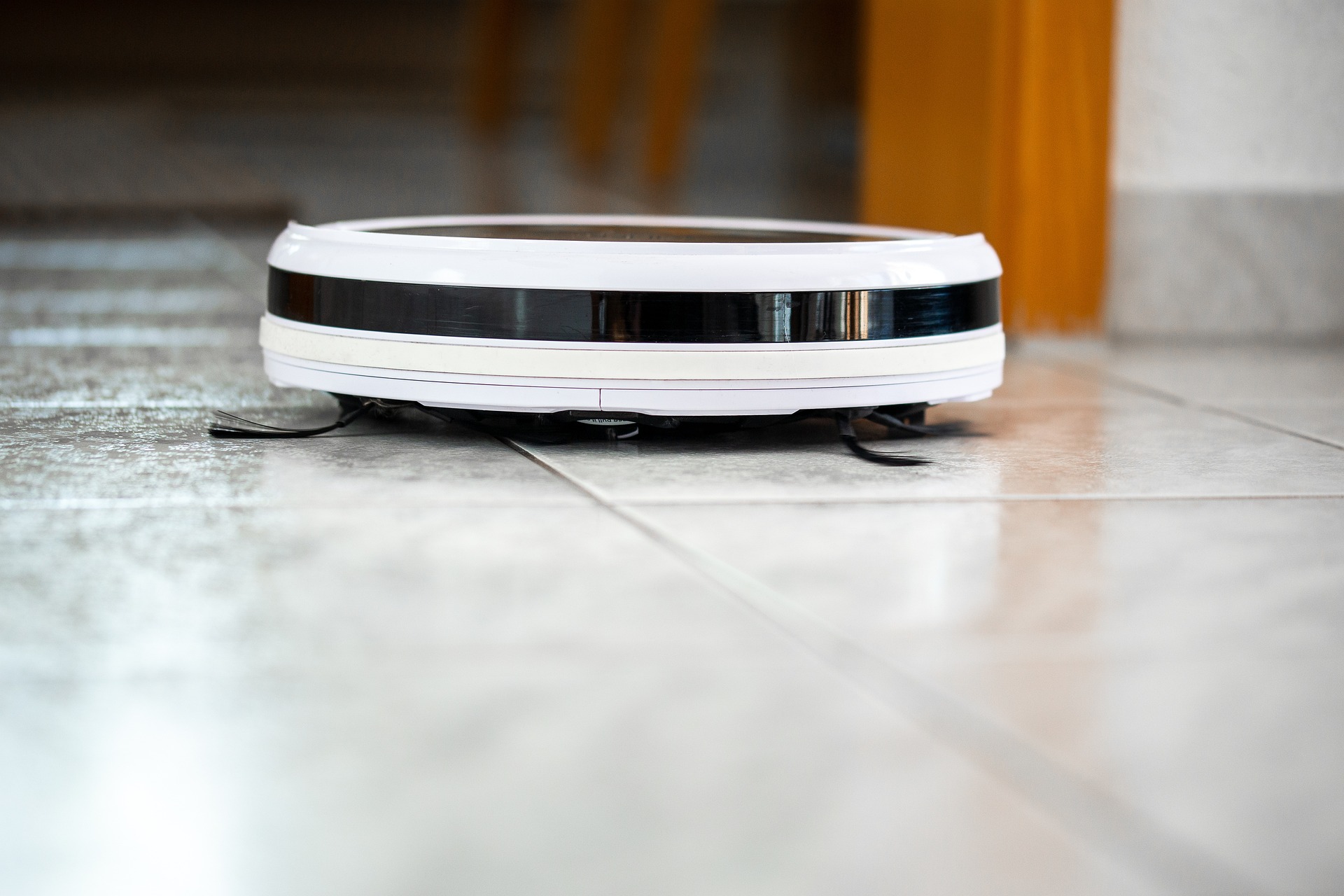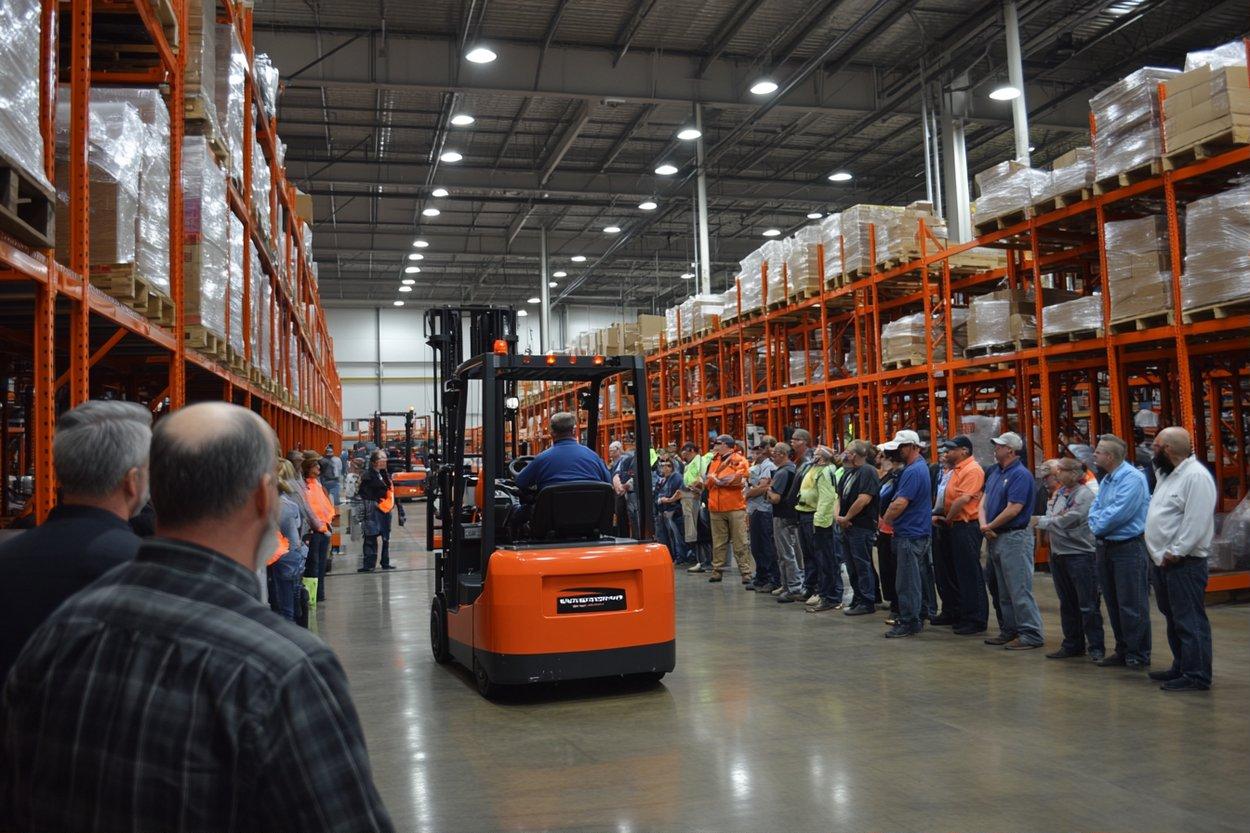"Sweeping the Tech World: An In-Depth Look at LiDAR Technology"
LiDAR technology, shorthand for Light Detection and Ranging, is not new to the world of science. However, its recent adoption by leading tech giants like Apple and Google is sparking a renewed interest and an enhanced set of applications. Originally developed in the 1960s, LiDAR found its first application in the field of meteorology, where it was used to measure clouds and pollution. The technology uses light in the form of a pulsed laser to measure distances. This data is then used to create precise, three-dimensional representations of the object or area being measured.

LiDAR’s Leap to Mainstream Technology
Fast forward to today, LiDAR has stepped out of the niche scientific realm and into the mainstream tech world. Apple’s new iPhone 12 Pro models now come equipped with a LiDAR scanner, opening up a world of possibilities for augmented reality (AR) and beyond. Google, on the other hand, utilises LiDAR technology in its self-driving car project, Waymo. By providing a detailed view of the surrounding environment, LiDAR allows these autonomous vehicles to navigate safely and efficiently.
LiDAR’s Role in Augmented Reality
Apple’s inclusion of LiDAR in its iPhone 12 Pro models underscores the company’s belief in the future of AR. LiDAR technology enables the phone to understand and map the environment around it, providing a more immersive and realistic AR experience. It can measure the distance between the phone and the objects in its view, allowing virtual objects to interact with the real world in more sophisticated ways.
The Future of LiDAR
The potential applications of LiDAR technology are vast. Beyond AR and autonomous vehicles, LiDAR could revolutionise many sectors, from agriculture to architecture. For example, in agriculture, LiDAR can produce detailed topographical maps, helping farmers better understand their land and improve crop yields. In architecture, LiDAR can be used to create detailed 3D models of buildings, aiding in the design and construction process.
LiDAR’s Market Impact
While the exact pricing of LiDAR technology varies widely depending on its application, the potential market impact is significant. According to a report by Allied Market Research, the global LiDAR market was valued at $1.32 billion in 2020 and is projected to reach $2.8 billion by 2027, growing at a CAGR of 12.4% from 2020 to 2027.
In conclusion, LiDAR technology is more than just a scientific tool—it is a game-changer set to revolutionise our interaction with technology. As more companies explore its potential, we can expect to see LiDAR becoming a common feature in our everyday tech gadgets, transforming the way we see and interact with the world.




